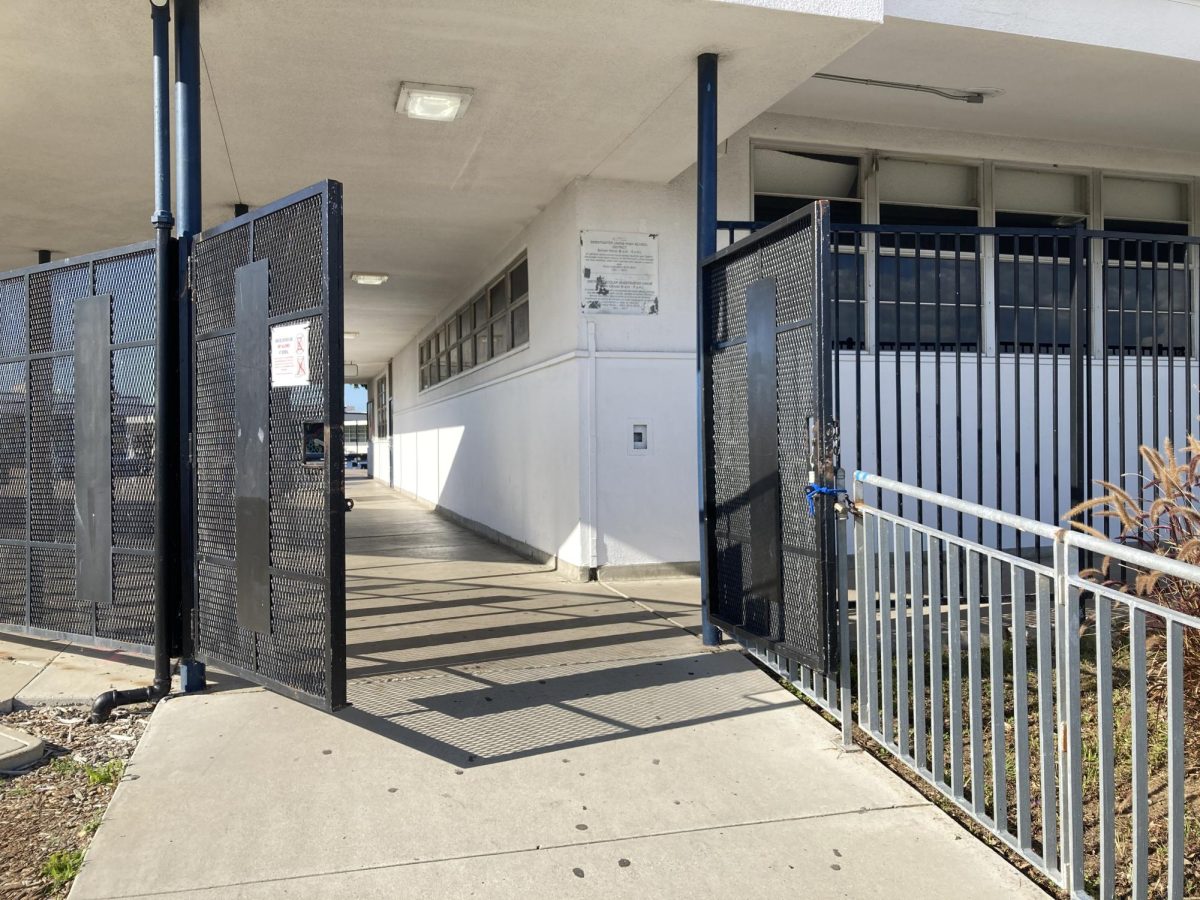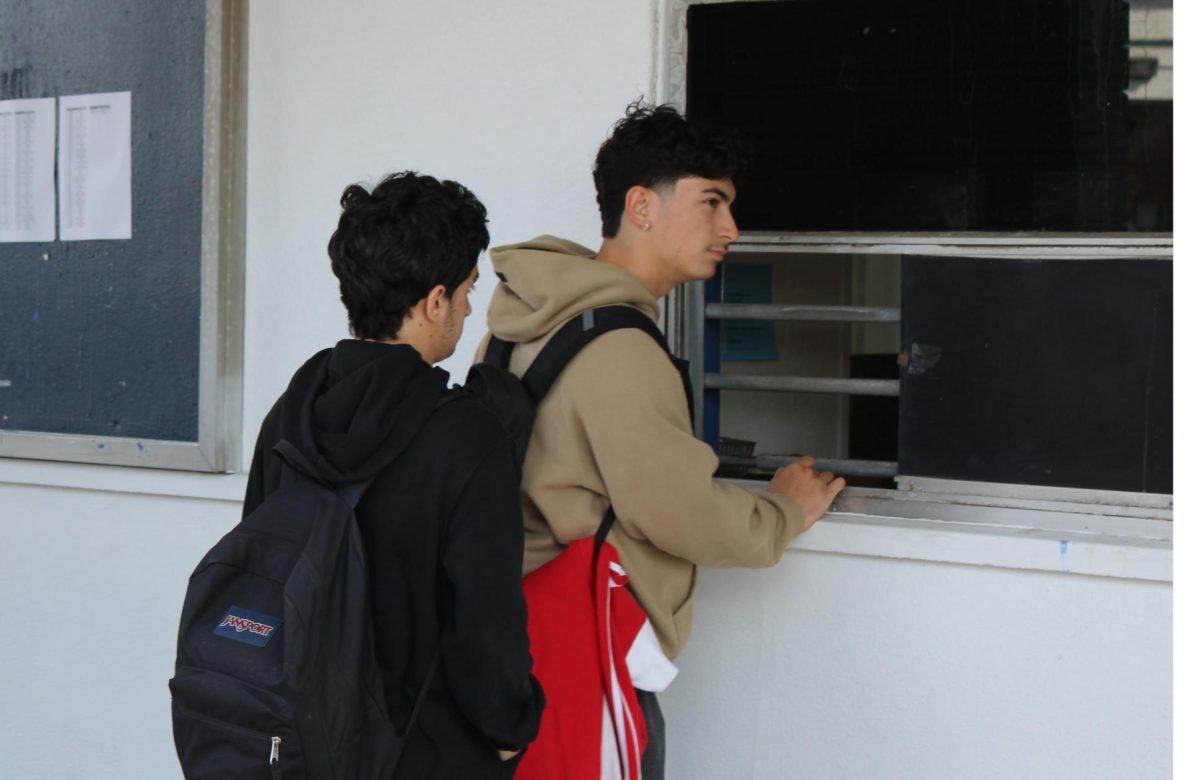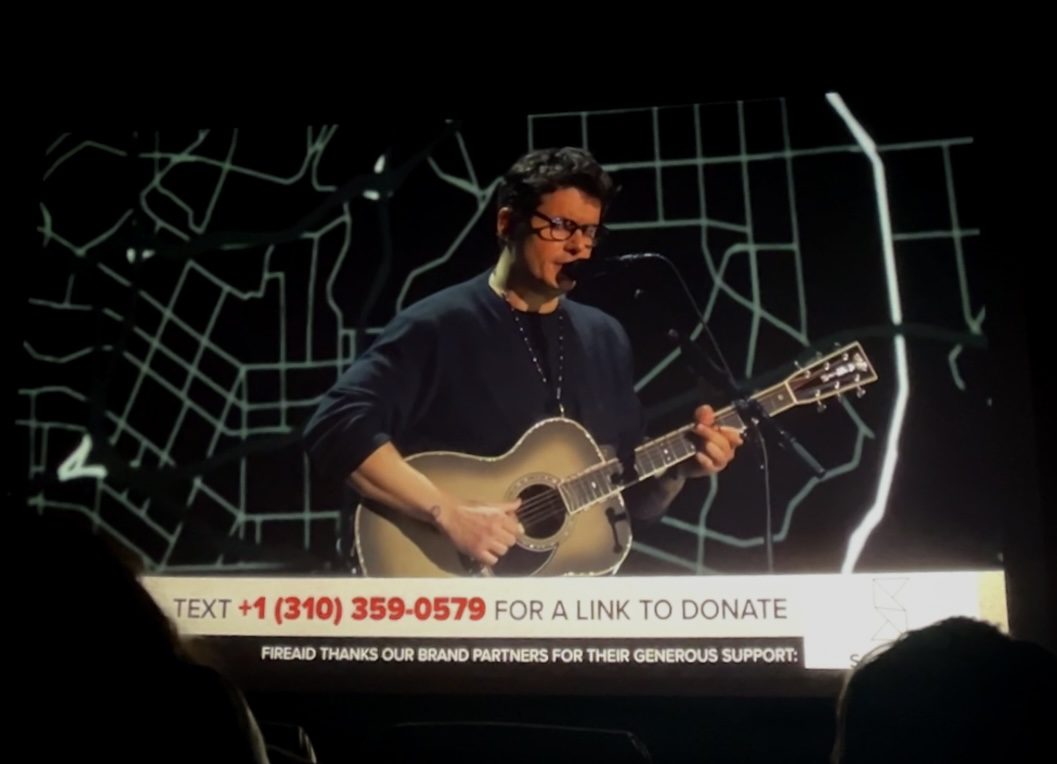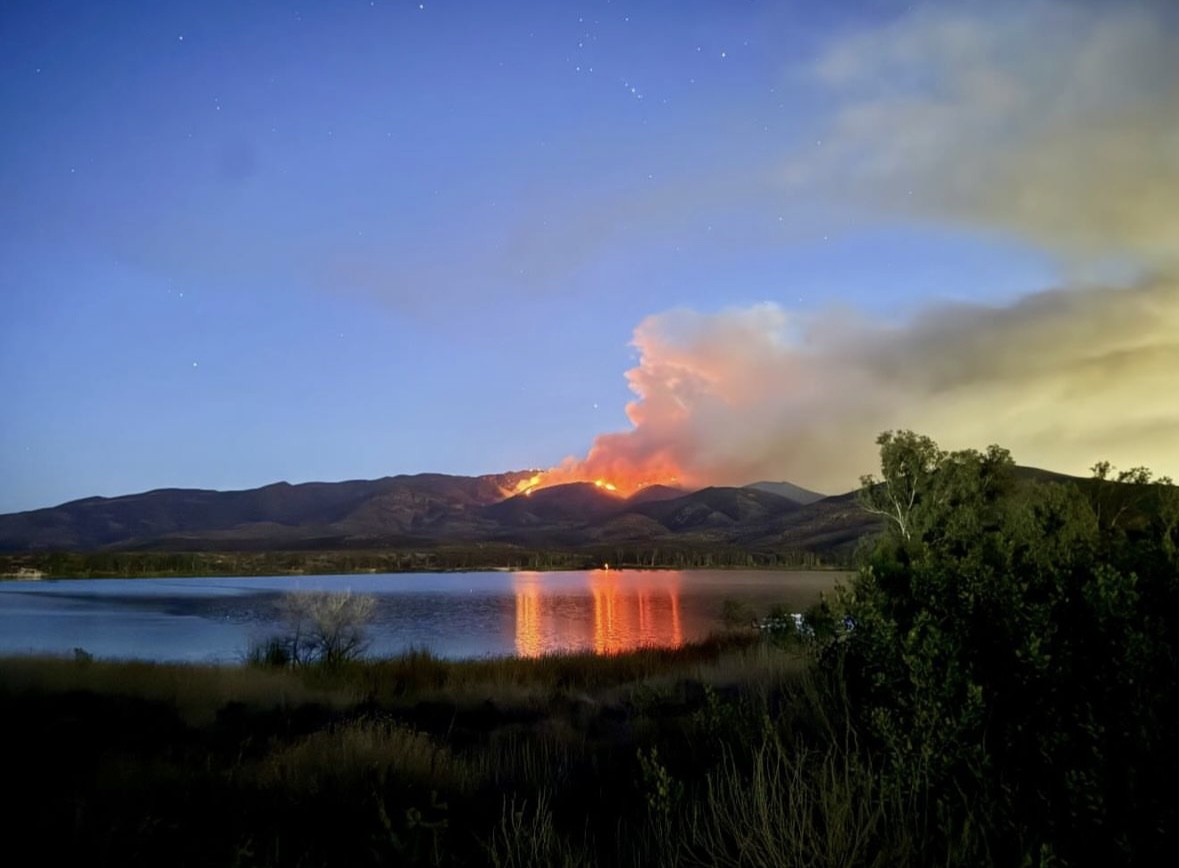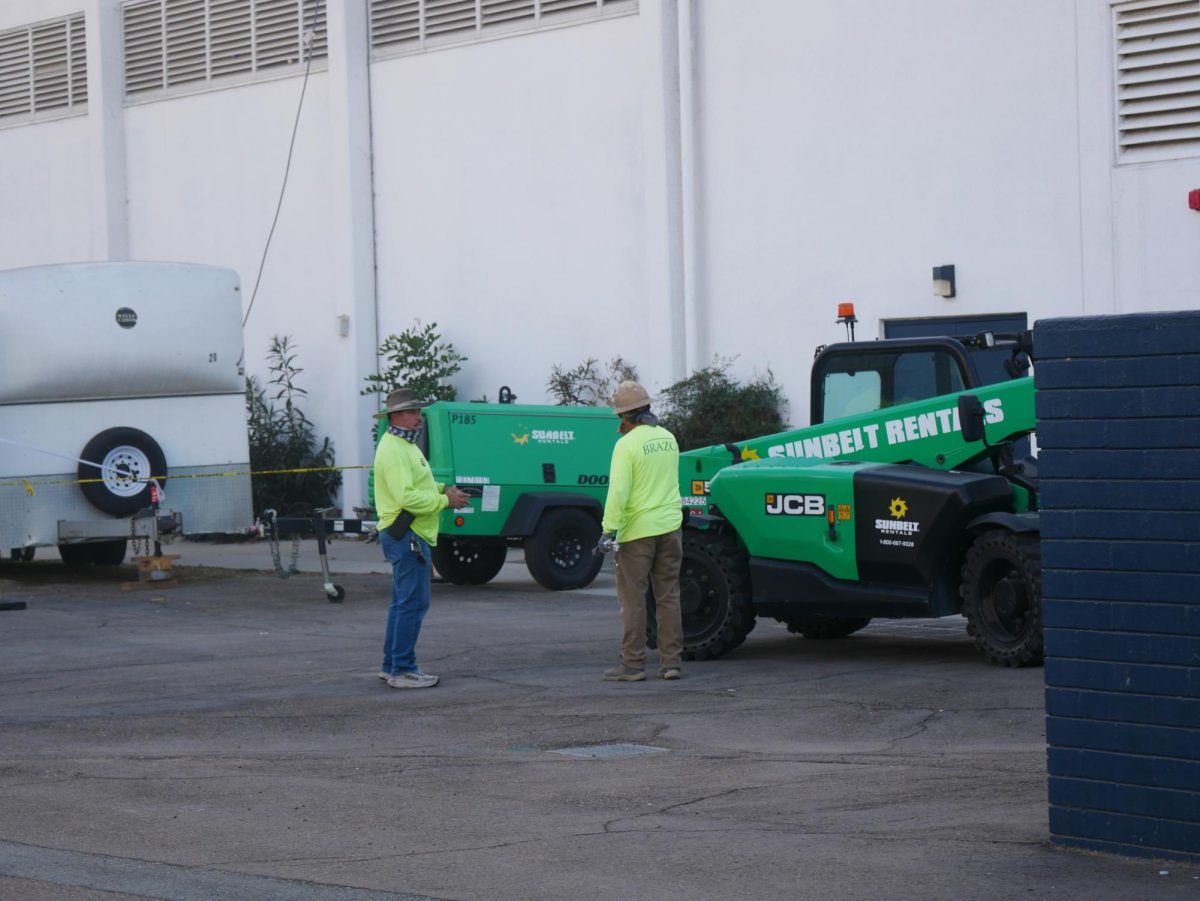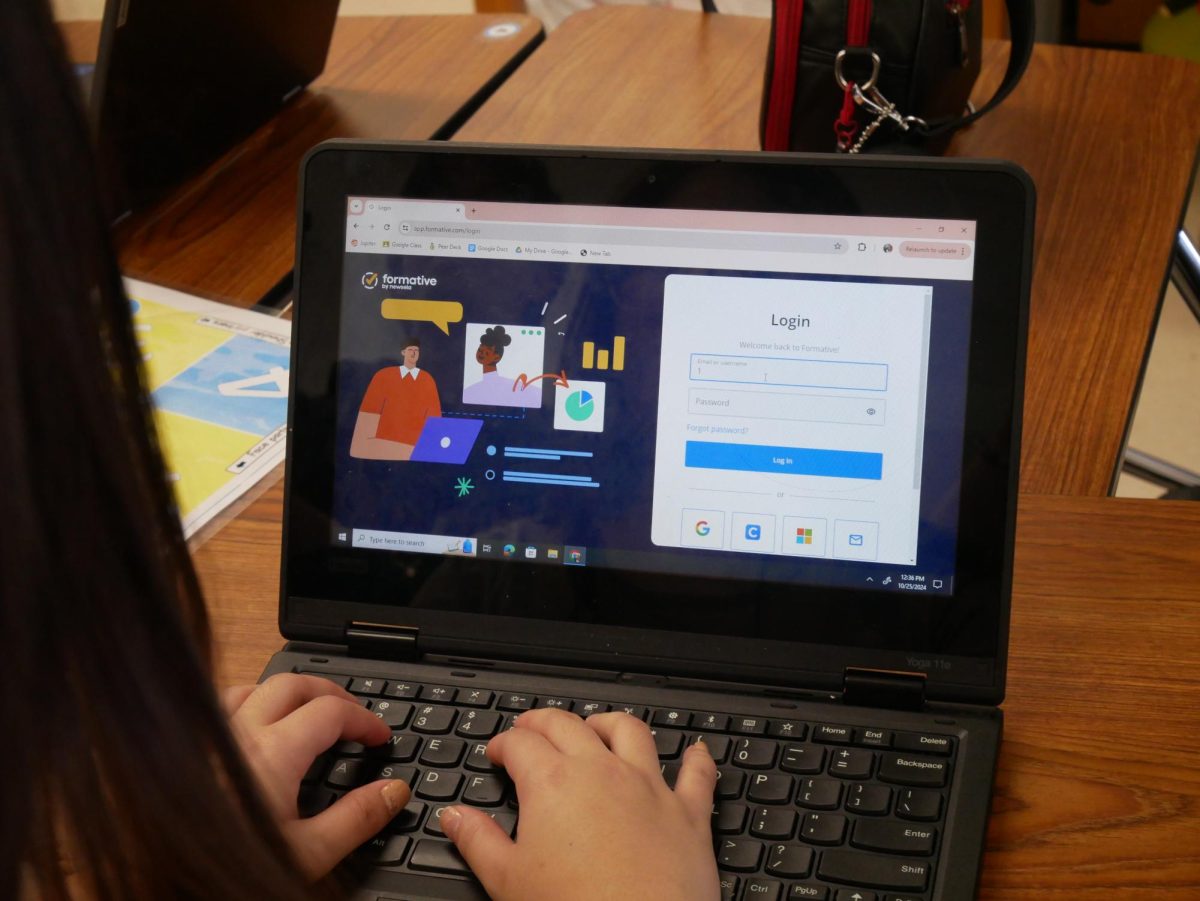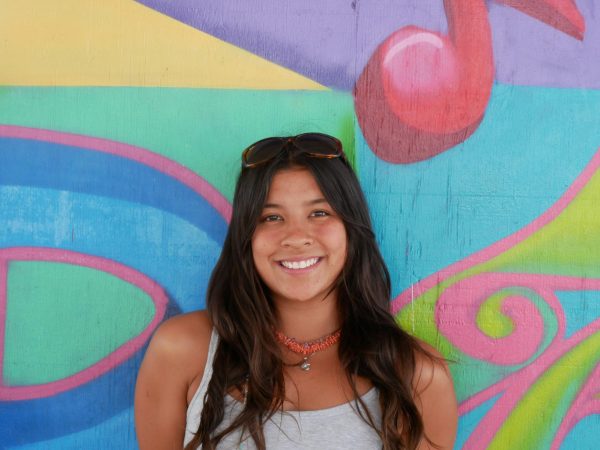A Bonita Vista High (BVH) with no fences and no deterrent to come and go was a reality for students many years ago. BVH was an open campus until it was converted to a closed campus in the mid 90s. This choice to close the campus was made for a variety of reasons that most students rarely take into consideration.
BVH principal and alumni Lee Romero discusses what it was like when he attended the school during the late 70s to the early 80s. Though students had an open campus during this time, the norms and culture was very different. Not only was BVH an almost rural town with little development occurring, it also had a much smaller student population.
“Back in 1981 when I was a senior at BVH, there were no fences around the school. There were a lot of fights when I went here and because we didn’t have any supervised entrances, drugs were an issue as well,” Romero said. “People would leave and do some dumb things, like driving in unsafe ways and then come back on campus.”
Contrasting Romero’s negative outlook on the school’s culture in the 80s, BVH United States History teacher, Frank Schneemann, who has been at the school for 50 years, explains that seniors back then were treated like adults. Having an open campus displayed that kids were more trusted previously then now. Despite this, Schneemann also addresses the violence issues that Romero discussed.
“[The administration] tended to treat seniors like adults instead of the way they treat the seniors currently like children. Having an open campus kind of showed the school’s trust in the kids,” Schneemann said. “The board closed the campus because Eastlake High School students [who were on a different schedule] would get out early and come to start fights with our kids on campus. It really just compromised all the student’s safety and created an attitude of uncertainty and concern not just from kids, but also from parents.”
Assistant Principal and BVH alumni Tyler Arciaga sheds light on the reasons behind why BVH and all other schools in the Sweetwater Union High School District currently have closed campuses. He explains the security issue having an open campus presents and things he as an administrator, focuses on when considering the safety of students.
“Ultimately our primary responsibility is to keep the kids safe, while at school. We are entrusted with student’s safety and we take that very seriously. Part of ensuring the safety of our students is being able to secure our campus and making sure that we don’t have anyone on campus who doesn’t belong here,” Arciaga said. “The same way you don’t leave your house door open at night, we don’t leave the campus open.”
Romero further elaborates on the reasons behind why BVH have a closed campus, all having to do with safety and the wellbeing of the community surrounding the school. He addresses situations he witnessed in his youth that further fuel his support of a closed campus.
“My senior year one of my classmates was killed going out to lunch when we had an open campus. His name was David Gross. I really cannot think of a positive side to having an open campus,” Romero said. “I just think about how many complaints we get from across the street because of kids acting stupid after school and just imagine what chaos that would cause during lunch time to have an open campus.”
Arciaga acknowledges that having a closed campus is beneficial to students’ attendance. This goes to show that there are multiple beneficial aspects of having a closed campus that expand beyond safety and security.
“I could see students driving home for lunch and sitting down and saying ‘ I’m not going back for sixth period.’Simply because it is out of convenience and the fact that they have the option to stay home and out of school,” said Arciaga.
The shift in the culture associated with violence and other issues has dramatically changed since the era of the open campus. Romero, Schneemann and Arciaga all collectively delved into the issue and why the change in culture so heavily impacted the shift to a closed campus. Schneemann’s past experience in Chula Vista truly displays why the shift from an open campus to a closed campus has so closely coincided with the shift in safety culture.
“Having an open campus is practical in today’s environment. The BVH today isn’t like what it was when it was an open campus, it’s no longer some local school,” Schneemann said. “When I first came to Chula Vista, people didn’t even lock their cars, they would leave the keys under the driver’s seat and nobody ever stole cars. People would leave their houses unlocked and open as well and felt safe doing so.”

